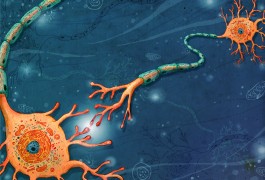Spectrum: Autism Research News
Tag: corpus callosum

Strep infection in pregnant rats causes autism features in pups
Infection with group B streptococcus bacteria in pregnant rats triggers brain abnormalities and autism-like behaviors in their pups — especially in males. Researchers presented the unpublished results today at the 2014 Society for Neuroscience annual meeting in Washington, D.C.
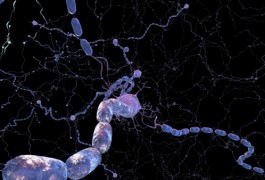
Scientists catalog effects of PTEN mutations in autism
People with autism who have mutations in a gene called PTEN have a distinct profile of cognitive impairments and structural abnormalities in the brain. The profile, published 7 October in Molecular Psychiatry, points to a subtype of autism with these features.
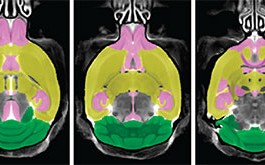
Analysis of mouse brains maps subgroups of autism
A brain imaging study of 26 mouse models of autism reveals a broad range of structural abnormalities. The models cluster into groups with similar features, reports a study published 9 September in Molecular Psychiatry.
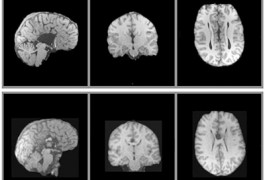
Common brain malformation confers high risk for autism
About one in every three adults who lack a brain structure called the corpus callosum meet the diagnostic criteria for autism, according to a study published 25 April in Brain. However, not all of these people develop symptoms in early childhood, as is typical in autism.
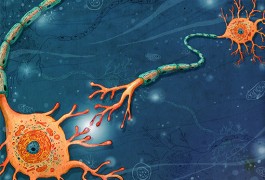
Misdirected neurons may underlie autism symptoms
Proteins that help guide neurons to their correct destination in the brain may be involved in autism, says Christopher Cowan.
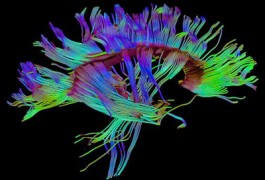
Gender affects nerve fiber integrity in tuberous sclerosis
Boys with tuberous sclerosis complex, an autism-related disorder, have more disorganized nerve fibers in some regions of the brain than do girls with the disorder, according to unpublished work presented Sunday at the 2013 Society for Neuroscience annual meeting in San Diego.
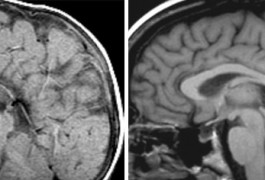
Genetic analysis links autism to missing brain structure
The largest genetic analysis yet conducted of people lacking a brain structure called the corpus callosum shows that the condition shares many risk factors with autism. The study was published 3 October in PLoS Genetics.

Elliott Sherr: Coaching teams to tackle autism’s mysteries
Elliott Sherr is unraveling the effects of genetics and brain structure in a handful of disparate disorders that each illuminates some aspect of autism.
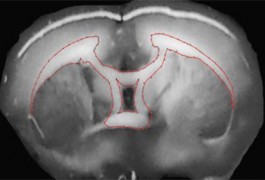
Molecular mechanisms: Mice link brain region to autism
A strain of mice with autism-like behaviors is missing a corpus callosum, a bundle of nerve fibers that connects the two hemispheres of the brain. Two studies published this month investigate the link between these two features.
